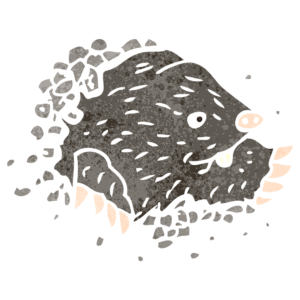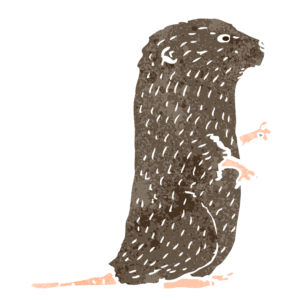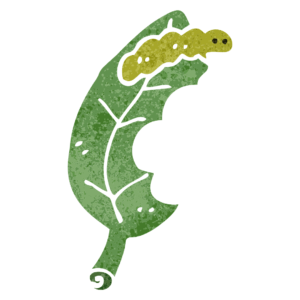An evenly green, thriving lawn is a beautiful thing. It’s every homeowner’s dream, but a lot of times it remains just that, a dream. There are many reasons why your lawn may not be living up to your expectations. It can be something harmless and easy to fix like not following the simple do’s and don’ts of lawn care, or it can be something more serious like a pest infestation. Heres some ideas about how to identify and get rid of lawn pests.
Pest infestations can destroy a lawn in a matter of days. We want to make sure you know how to identify one as soon as possible and what to do if one occurs.
how to identify and get rid of lawn pests
From grass munchers to borrowers, there’s actually quite a wide variety of pests that could be creating a home for themselves in your lawn. The first step to preventing pest infestations is knowing what kind of pests are found in lawns and why they’re harmful.
How To Prepare Your Lawn For Treatment
Burrowers
Burrowing pests are ones that live underground and create tunnels and nests right below your feet. These lawn pests are not always easy to identify and can be difficult to get rid of. We’ve included a list of the most common burrowing pests along with some tips on how to prevent, identify and eradicate them.
Moles
**Note**: we don’t treat moles, but have recommendations for self-treatment. For professional treatment of moles and voles and anything larger than a rat, we recommend Critter Control.
- Prevention: We recommend burying metal mesh hardware cloth. You’ll want to place it 2 feet vertically below ground, with another 6 inches showing above ground. Moles tend to burrow closer to the surface in the Spring when the soil is cool and moist, then they’ll burrow deeper in the Summer to escape the heat. The trick is to take preventative measures before they’re burrowed too deep. Also, they have a hard time burrowing through rocky soil so you can add stones to the perimeter of your lawn as an extra measure.
- Identification: The easiest way to identify moles have raised ridges (tunnels) and mounds (molehills). The ridges will usually lead to a food or water source, such as a vegetable garden or pond. The molehills will be lumps of raised soil that often resembles a small volcano. Both the ridges and mounds will be easier to identify in the Spring since they won’t be burrowing as deep, so be on the lookout!
- Eradication: Our #1 recommendation would be to use a castor-oil mixture to repel the moles from your lawn. A series of studies by three Michigan State University researchers found castor oil to be the best defense against moles. You can set traps, but they’re not always effective since moles burrow underground and you’ll have to properly dispose of the remains which are never pleasant…
Voles
**Note**: we don’t treat voles, but have recommendations for self-treatment. For professional treatment of moles and voles and anything larger than a rat, we recommend Critter Control.
- Prevention: Voles are similar to moles in that they also like to burrow in early Spring. The best way to prevent these little critters is trenching. This simply means digging a shallow trench around your lawn or garden in order to keep voles out. You can also bury screen mesh, a method similar to mole prevention.
- Identification: Voles are known for leaving “runways” which are trails about two inches in diameter. Their burrows are holes found in your lawn or at the base of trees. Unlike moles, vole holes (say that 5 times fast!) are not volcano-looking mounds of dirt, just a hole.
- Eradication: The simplest way to get rid of voles is to fill their runways and burrows with soil. If that method doesn’t work, you can also use castor oil, like you would with moles.
Grubs (Beetle Larvae)
- Prevention: The best way to prevent grubs is to kill them before they hatch. They do the most damage right after they hatch since they enjoy munching on grassroots. We recommend finding preventative grub control products online or at your local gardening store. Always follow label directions when applying pest control substances.
- Identification: Since these pesky slime balls hatch underground, it’s often hard to tell if you have a grub problem until it’s upon you. One trick to identifying grubs is checking to see if birds, squirrels, and other lawn critters frequent your yard searching for tasty grub morsels. In the unfortunate circumstance that you’re too late to prevent them, you’ll notice big patches of dying brown grass. This is a clear indicator that you have a grub problem and it will only get worse if gone untreated.
- Eradication: The method of eradication is similar to prevention. You’ll want to buy a grub prevention product and apply it in early Spring. Knowing the grub lifecycle is key to properly eradicate them.
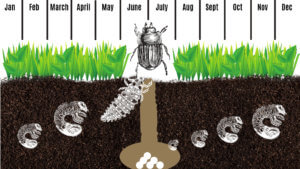
Munchers
These lawn pests live above ground and munch on blades of grass. These lawn pests are a bit easier to identify but can be just as difficult to eradicate. Here’s a list of the most common munching pests.
Japanese Beetles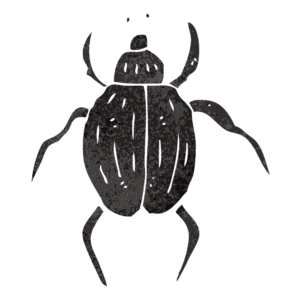
- Prevention: Since Japanese beetles start as larvae (grubs), the best prevention is, again, to kill them before they hatch. Even if you don’t actually see any beetles, it’s still a good idea to take preventative measures. Once a grub/Japanese beetle problem starts, it becomes a vicious cycle.
- Identification: These guys are one of the easiest pests to identify. Japanese beetles are large, dime-size beetles with a greenish-blue metallic head and copper-colored shell. They love feeding on flowers, fruits, and vegetables, but they’ll settle for lawn grass as well.
- Eradication: Japanese beetles are one of the most destructive lawn pests. They emerge from the ground in June and attack plants in groups, completely destroying them. The best way to eradicate these pests is to kill both their larvae and adult beetles before they lay more eggs. Reference their lifecycle to find out when it’s best to combat them.
Grasshoppers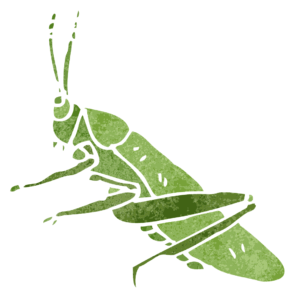
- Prevention: Just like in the Disney movie “A Bug’s Life”, grasshoppers are the enemy… A natural way to try and prevent grasshoppers or locusts from making your lawn their home is to use a garlic spray. To make this spray at home, you’ll boil a handful of minced garlic in water and then let the mixture sit overnight in the fridge.
- Identification: Grasshoppers are one of the easiest pests to identify. They’re normally quite large and most of us have grown up trying to catch these little hopping machines. Some species, however, have become masters of camouflage and may be harder to identify. The best time to look for them is when you mow your grass.
- Eradication: If your garlic spray doesn’t work or you simply can’t stand the smell of garlic, you can dust your lawn with flour. When grasshoppers munch on a flour-covered grass blade, their mouths will gum up and force them to move along in search of a new food source. If all else fails, you can always use an insecticide that specifically targets these pests.
Chinch Bugs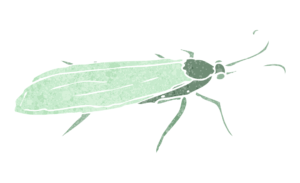
- Prevention: The most common cause of chinch bug infestations is mismanagement of lawn thatch. If you let lawn thatch build-up and sit for long periods of time in the Spring, it creates the perfect environment for chinch bugs to thrive. To control thatch, rake your lawn frequently or use a verticutter machine to mow thatch from your lawn.
- Identification: Chinch bugs are more difficult to identify due to their size. They’re much smaller than any of the other munching pests. The key to figuring out if you have a chinch bug problem is if you notice large patches of browning grass that can’t be revived with water. The reason why chinch bugs are so harmful to your lawn is that they suck the moisture from your grass and inject poison into the blades. It may start as a small brown patch, but eventually, it will expand outward as they continue to seek moisture along the perimeter.
- Eradication: When you’ve come to the conclusion that you have a chinch bug problem, the best way to get rid of them is to use an insect repellent or insecticide.
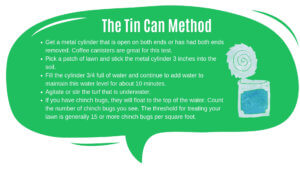
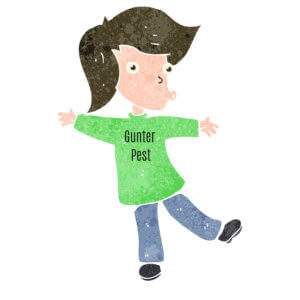
gOT lAWN PESTS? WE CAN HELP!
We recommend giving your lawn a thorough inspection every Spring in order to try and identify if you have a lawn pest problem before it gets out of hand. Our experienced lawn technicians and exterminators have seen and dealt with every type of lawn pest listed above and more! We are more than happy to help you take preventative measures by inspecting your lawn for unwanted pests.
We also provide a granular application that combats insect damage above the soil and grub control below. This application provides season-long control against burrowers and munchers.
Give us a call at 816-444-2847

